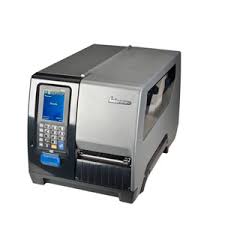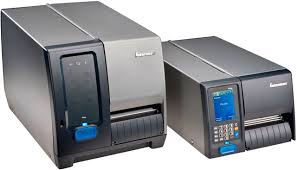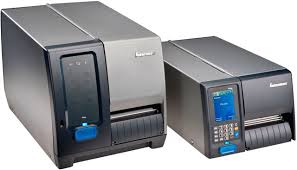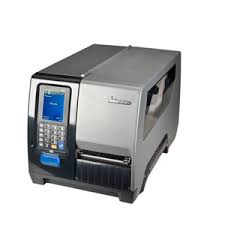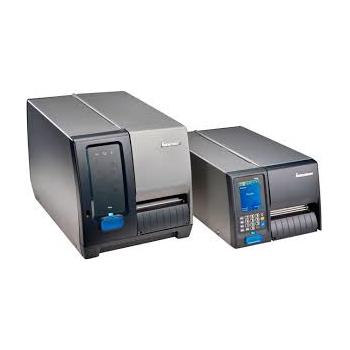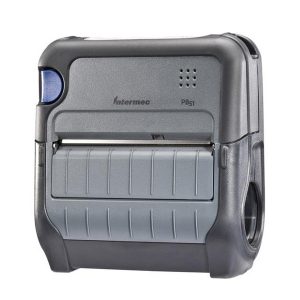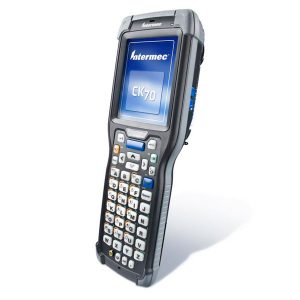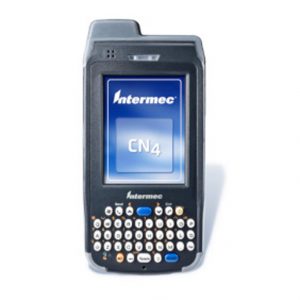
Products
- Sorry, this product cannot be purchased.
Interested in this product or something similar? Give us a call at 770-631-1184 or send an email to sales@ivanhoegroup.com. Our sales and support team is here to help.
Intermec PM43
The PM43 is available in refurbished condition and in a variety of different configurations. They are ready to deliver maximum uptime. All models are available with either a tamper-proof color touch-screen in 10 languages or a universal icon interface. Reduce your total workforce training and device support needs with immediate notifications via the printer and the elimination of reconfiguration due to UI tampering.
- Maximum Mono Print Speed: 12 in/s
- Maximum Print Resolution: 203 dpi
- Print Color: Monochrome
- Maximum Print Width: 4.25″
- Recommended Use: Label Print
- Barcode Symbology Supported:
- UPC/EAN Shipping Container
- UCC/EAN 128 Serial Shipping Container
- LOGMARS
- POSTNET
- HIBCC
- ISBT-128
- GM1724
Is this an addition to other legacy barcode printers? Maintain or recondition them with QuickTurn Repair. When it’s time to upgrade, that used equipment is a down payment for next generation technology.
*30 Day, No-Questions-Asked, Full Refund
Features
The PM43 and some details about GS1 barcode specifications.
The GS1 system originated in the United States and was established in 1973 by the Uniform Product Code Council, known until recently as the Uniform Code Council, Inc. (UCC) and since 2005 as GS1 US. The UCC originally adopted a 12-digit identification number, and the first ID numbers and barcodes in open trade were being scanned in 1974. Following the success of this U.P.C. system, the European Article Numbering Association, previously known as EAN International, but launched as GS1 in 2005, was established in 1977 to develop a compatible system for use outside North America. The EAN system was designed as a superset of the UCC system and principally used 13- digit numbers. As a consequence of using certain barcodes and data structures, the GS1 system has expanded. The GS1 system provides for the use of unambiguous numbers to identify goods, services, assets, and locations worldwide.
These numbers can be represented in barcodes to enable their electronic reading wherever required in business processes. The system is designed to overcome the limitations of using company, organisation, or sector specific coding systems, and to make trading much more efficient and responsive to customers. These identification numbers are also used in Electronic Data Interchange (EDI), XML electronic messaging, Global Data Synchronisation (GDSN), and GS1 Network Systems. This document provides information about syntax, assignment, allocation and Automatic Data Capture (ADC) standards for GS1 identification numbers.
In addition to providing unique identification numbers, the GS1 system provides for supplementary information, such as best before dates, serial numbers, and batch numbers, which can appear in barcode form. Currently, barcodes are used as the data carriers, but other technologies, such as radio frequency tags are being developed within EPCglobal as carriers of GS1 data. Changes take place only after wide consultation and are subject to a significant migration period. By following the principles and design of the GS1 system, users can design applications to process GS1 system data automatically. The system logic guarantees that data captured from GS1 endorsed barcodes produces unambiguous electronic messages, and processing can be fully pre-programmed.
The GS1 system is designed for use in any industry or trade sector, and any changes to the system are introduced so as not to negatively affect current users.


